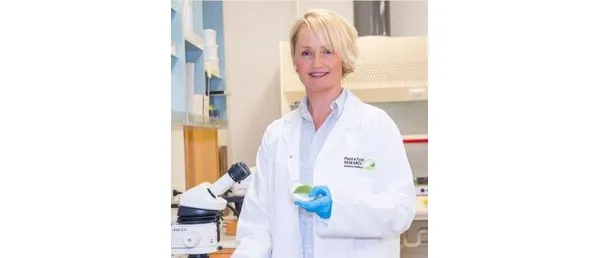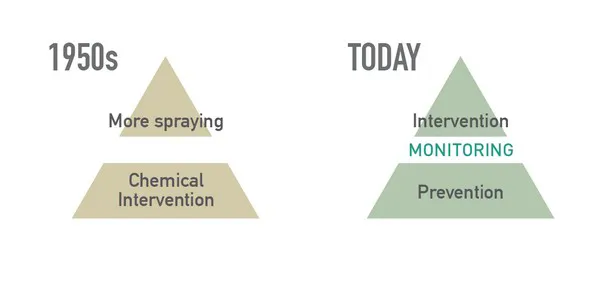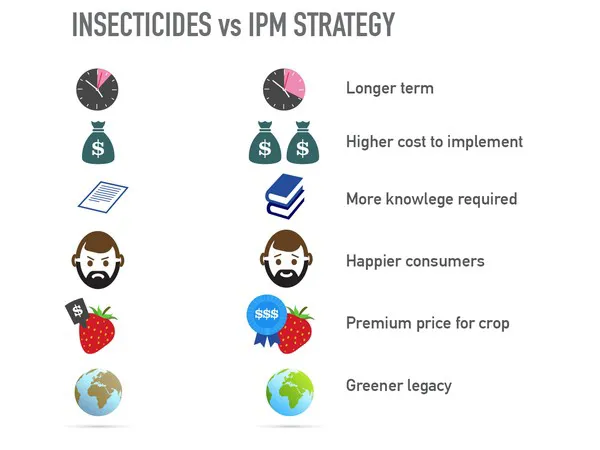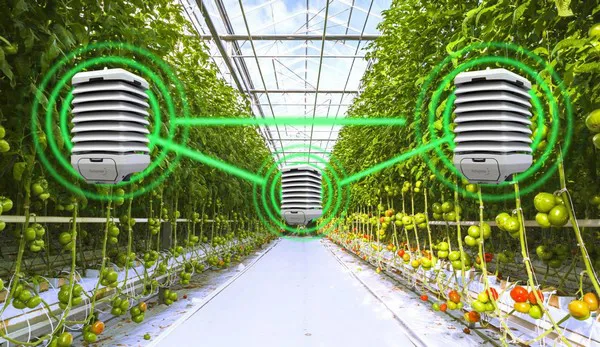“Biological control agents can be seen as the grower’s little employees and just like people, there are things they need to enable them to work effectively.” This was the opening line from a recent IPM webinar hosted by Autogrow and featuring guest expert Dr. Mette Nielsen, Ph. D. MSc Plant Protection from the Plant and Food Research Institute of New Zealand.
In Combating Harmful Pests Without Spraying More Chemicals, Dr. Nielsen discusses how different aspects of greenhouse climates affect biological control agents (BCAs) and the efficacy of Integrated Pest Management.

Dr. Mette Nielsen
IPM is primarily about prevention
We’ve all heard the adage, “prevention is better than cure”, and this forms the basis of Integrated Pest Management (IPM).
“IPM is an ecosystem-based way of trying to prevent a problem rather than to combat it. So you begin with prevention and progress to intervention if required,” says Nielsen.
She describes a triangle: “These days prevention forms the base and intervention is at the top. This is quite different to how it would have looked in the 50s when growers would attempt to ‘spray their way out of the problem’ by spraying more and more chemicals if one didn’t solve their problem.”

“IPM is not against spraying but rather for trying to avoid it or at least delaying it so growers can turn to sprays they haven’t used before to prevent their crop from damage,” says Nielsen.
IPM vs insecticides
There are several reasons why a grower might favour an IPM plan over just using insecticides. Nielsen explains: “Even though IPM has a higher initial cost to implement, it has longer term benefits and so may be more cost effective in the long run. On top of that, through applying IPM growers can receive premium prices for their crop and leave a greener legacy – consumers also tend to be happier buying produce that uses less chemicals.”

However, for the grower to implement a successful IPM strategy they must learn more about their climate conditions and the pests themselves. The first step is to monitor their crop.
“Knowing what you have is key,” Nielsen stresses. “The grower needs to know what kind of pests may be threatening the crop and they need to know specifics about the climate in the greenhouse. Like the crop, the BCAs need the right temperature, humidity and light levels in order to work to combat the pests.”
The right climate for beneficials
So, how to monitor your crop? Autogrow has developed Folium, a wireless greenhouse sensor that takes six real-time climate readings. Readings are visualized as heatmaps or graphs to provide growers with a comprehensive picture of their climate conditions to assist their beneficial insects.

“Folium units are plug and play,” explains Kayla Waldorff, Business Development Manager at Autogrow. “They are easy to install and moveable so you can hang them wherever you need to collect data to inform your IPM strategy. Both real-time and historic data is accessible from any device 24/7 and you can export it via a .csv.”
For more information:
Autogrow
Kayla Waldorff
Email: kayla.waldorff@autogrow.com www.autogrow.com/products/folium
